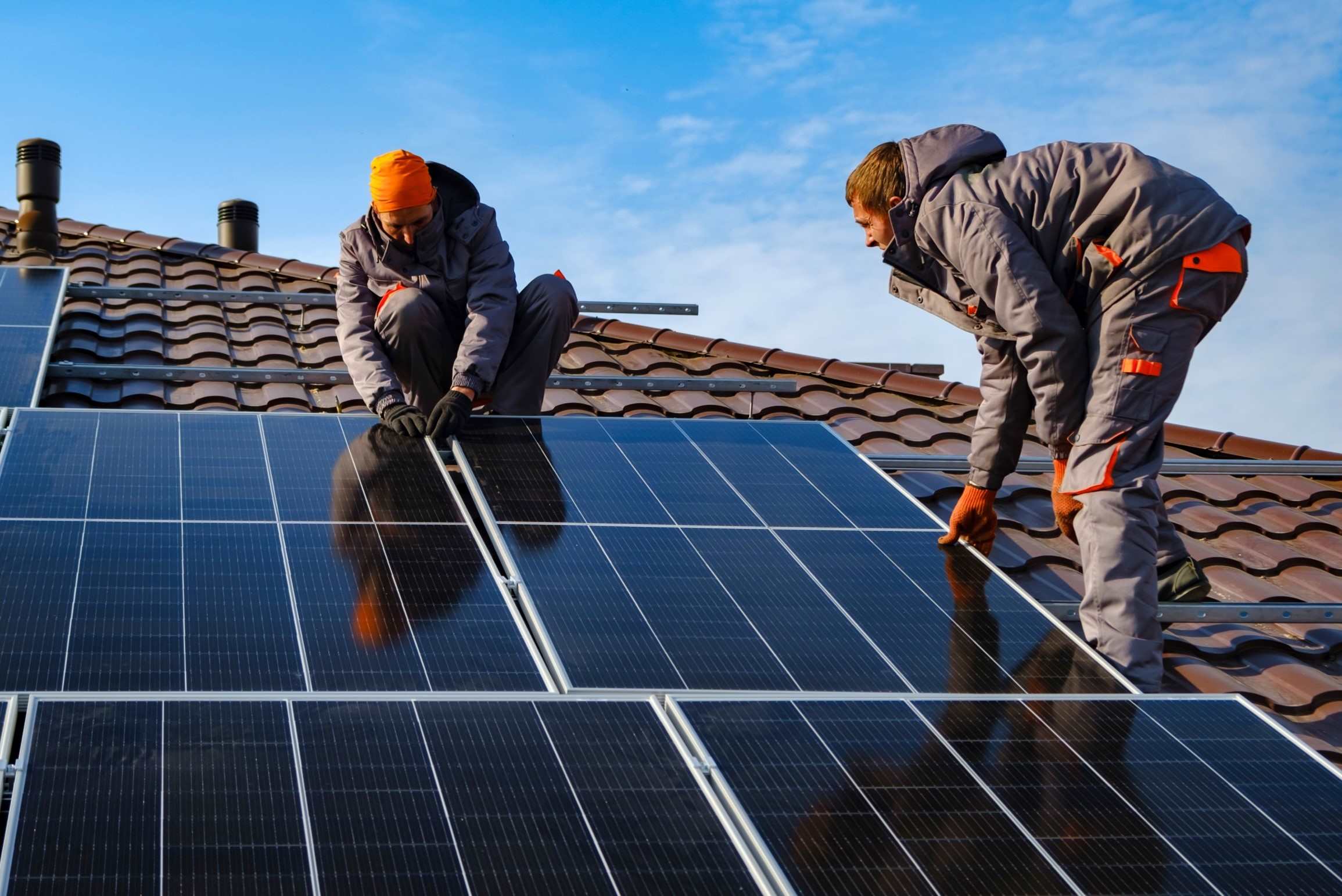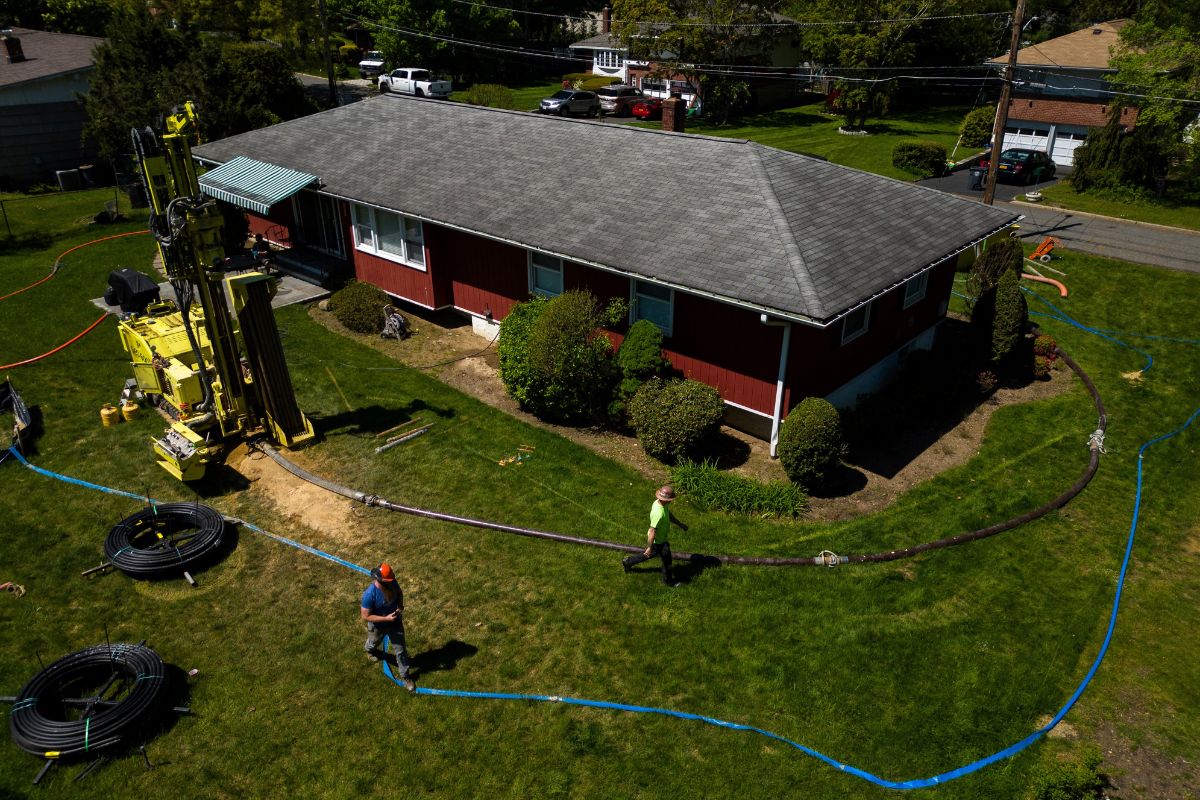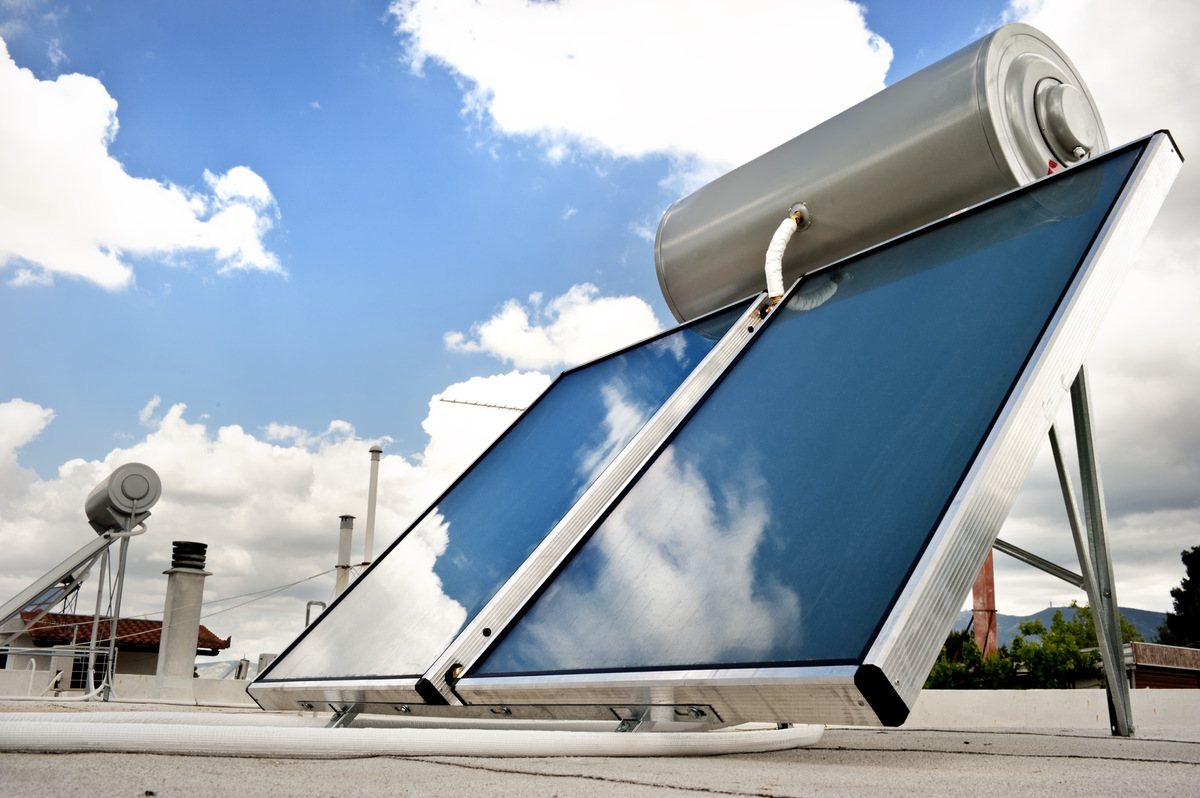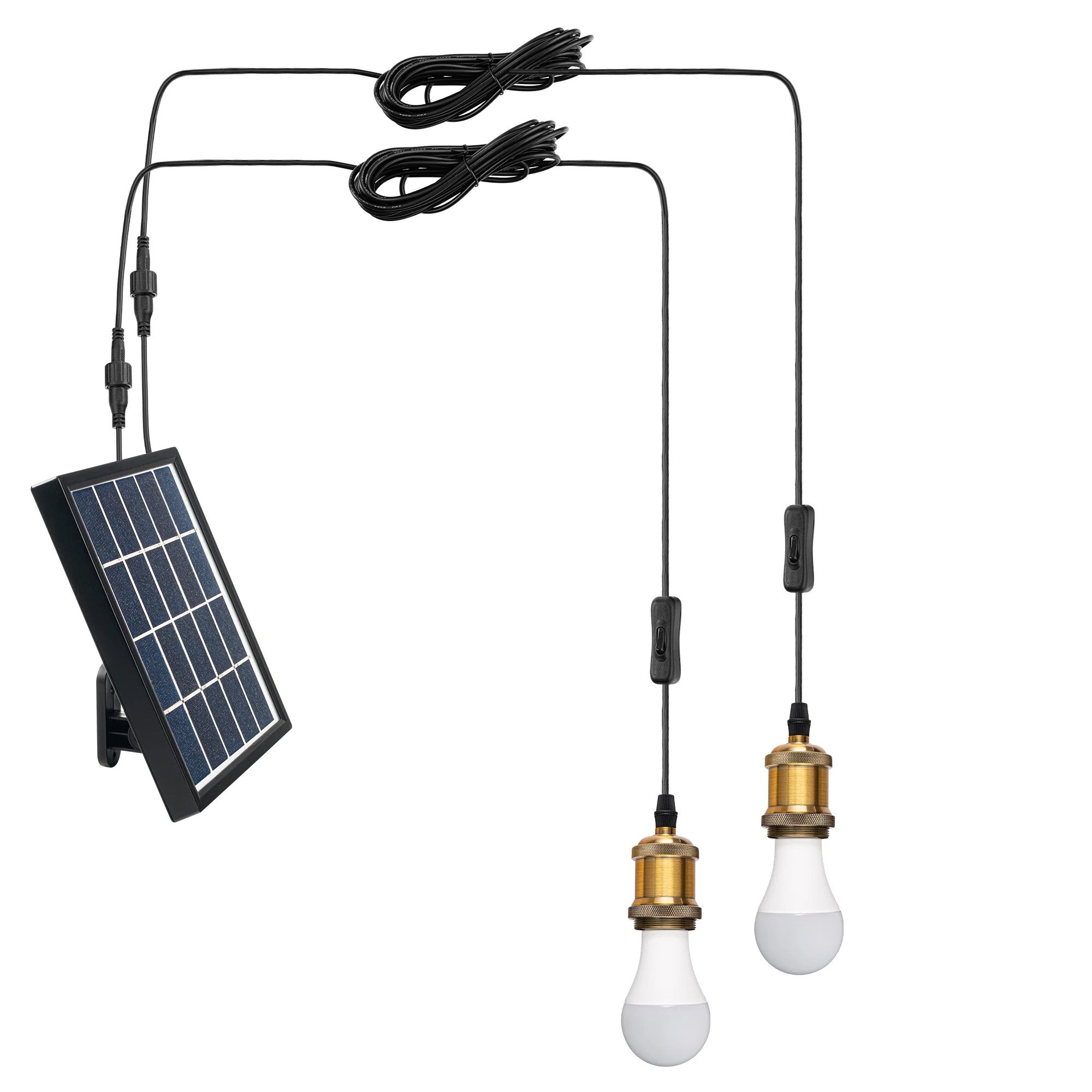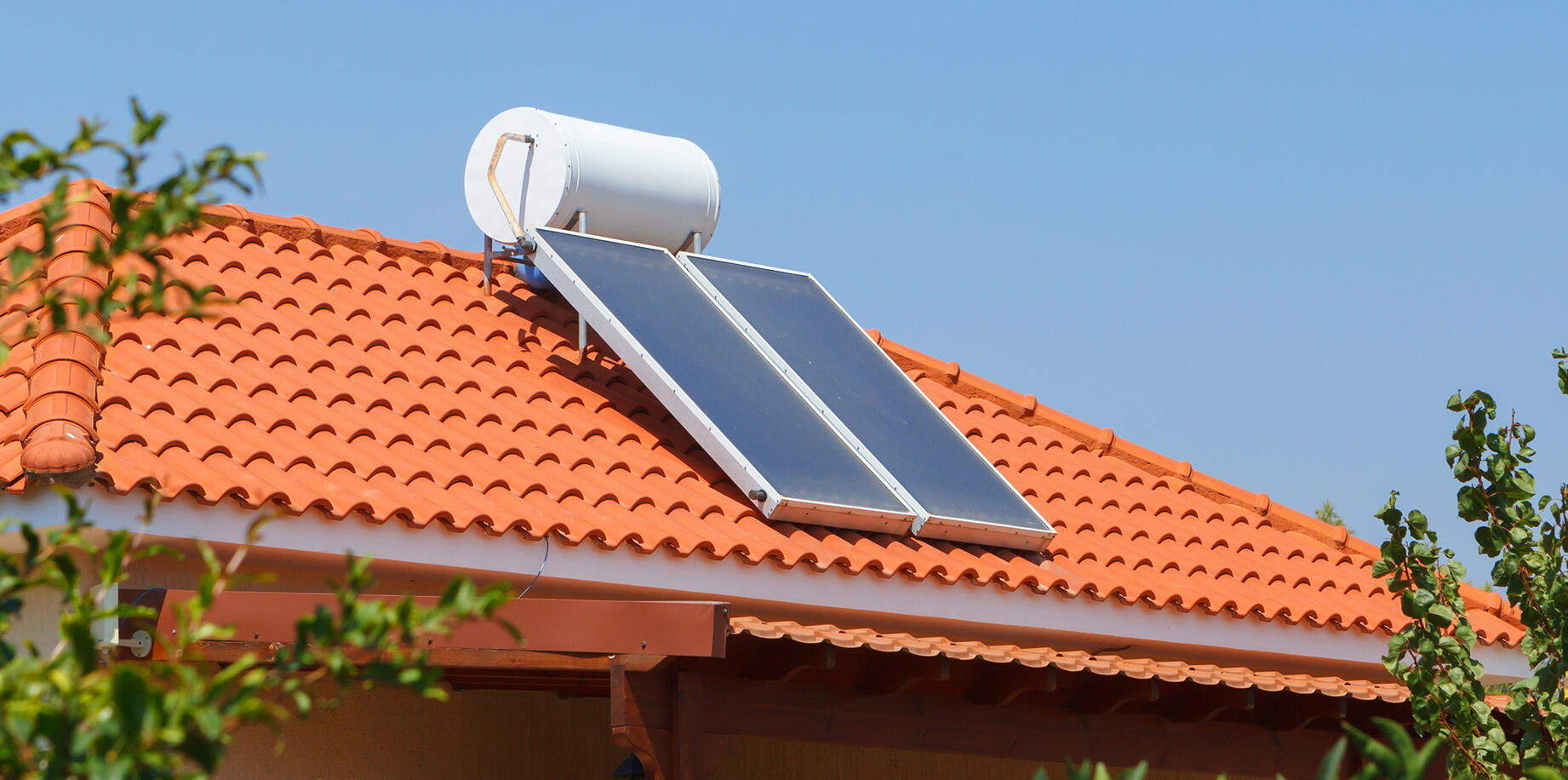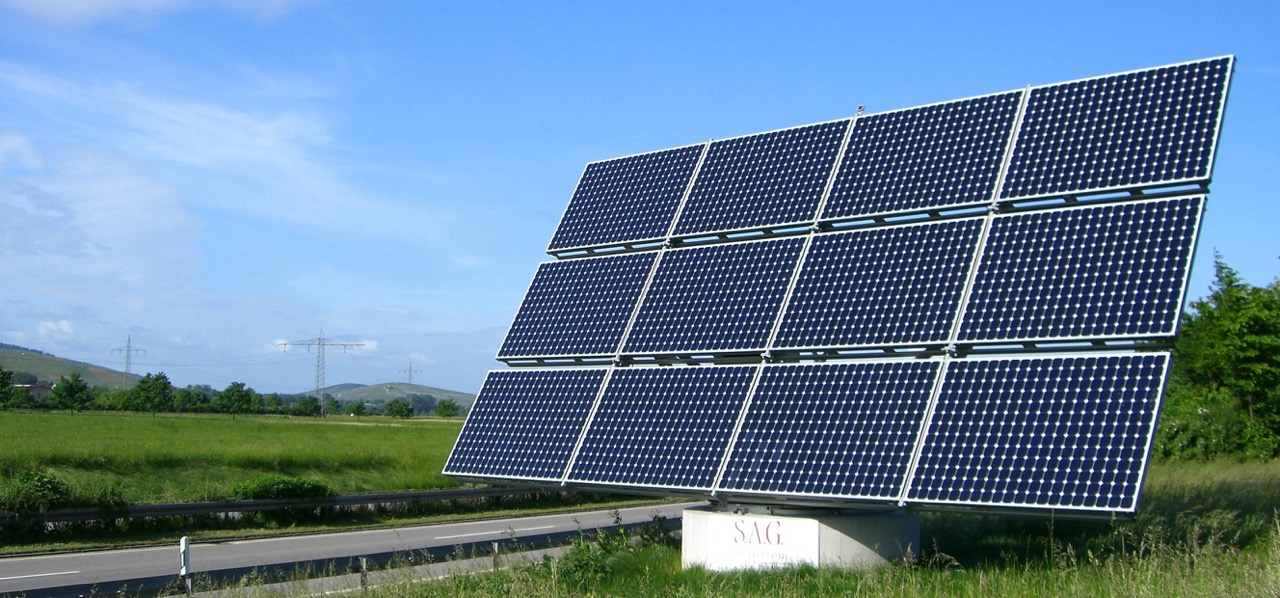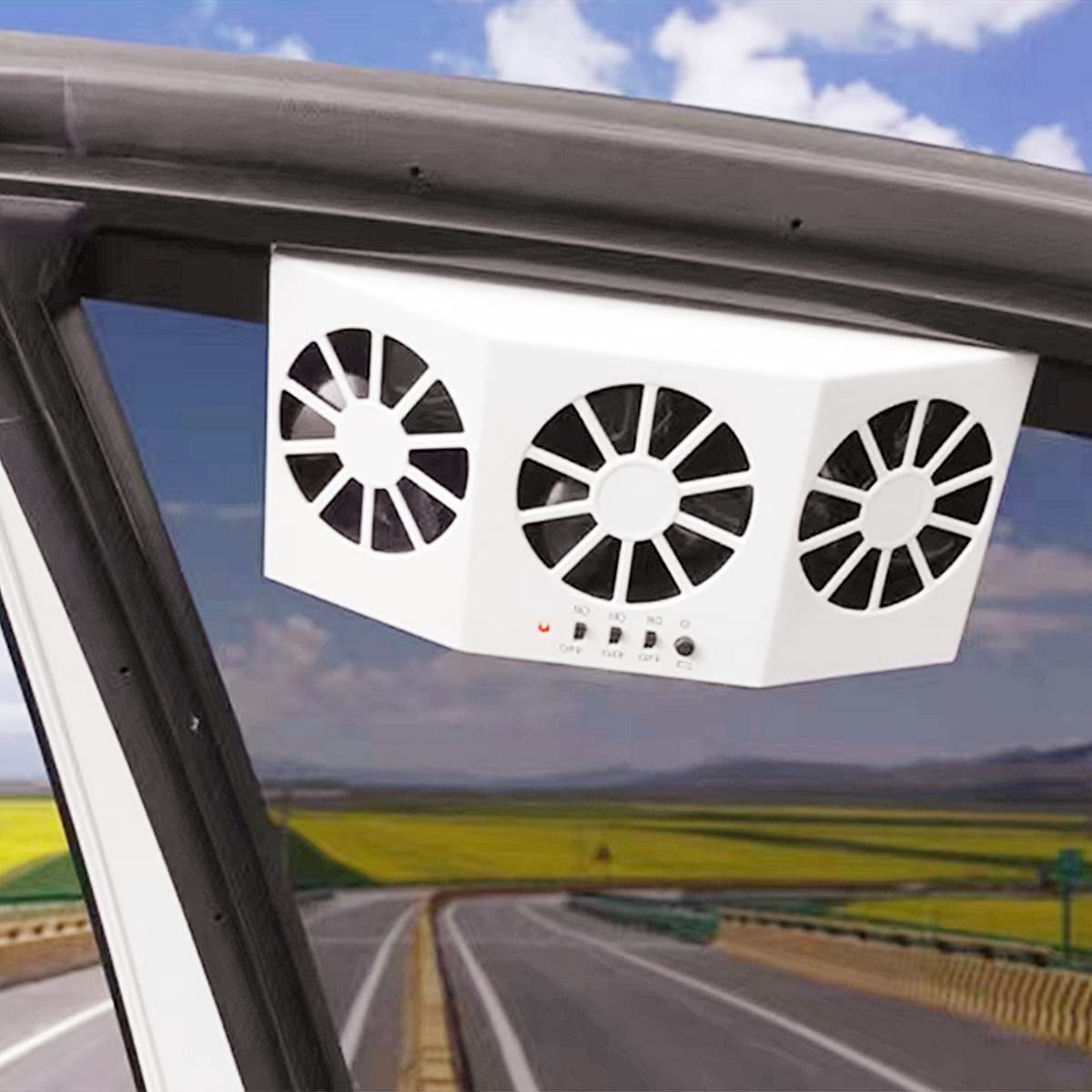Home> Renewable Energy
Renewable Energy: Unlock the Power of Sustainable Living
Explore the world of Renewable Energy and its pivotal role in paving the way for a sustainable future. Dive into our comprehensive guide today.
Rooftop Solar Panel Installation and Renewable Energy Solutions
By: Grace Wilson • Ideas and Tips
Home Geothermal System Installation: Efficient Heating and Cooling
By: Oliver Mitchell • Ideas and Tips
What To Know Before Going Solar At Home To Save Money And The Planet
By: Grace Wilson • Articles
